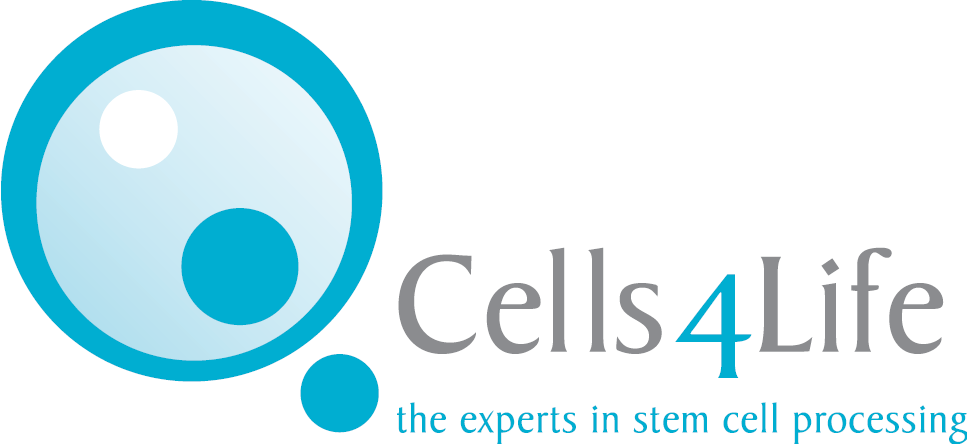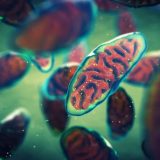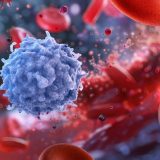19/01/2024 BlogStem Cell News
Stem Cell Blog
Употребата на матичните клетки од папочна врвца рапидно се зголемува. Пред 10 години крвта од папочна врвца можеше да лекува околу 40 состојби, но денес таа бројка е над 80. Со нетрпение очекуваме нови терапии за болести и нарушувања како што се дијабет, аутизам и мозочен удар, можете да бидете во тек со најновите случувања во регенеративната медицина на нашиот блог за матични клетки.
19/01/2024 BlogStem Cell News
World champion kickboxer and Muay Thai fighter Miriam Nakamoto will receive stem cell therapy for a severe knee injury, it has been announced. Nakamoto’s treatment will be sponsored by UFC commentator and comedian Joe Rogan, after he interviewed her last year and learned about her struggle.
19/01/2024 BlogStem Cell News
He may be one of the most famous comedians of all time, but John Cleese has revealed that stem cell therapy is no joke. Read on to find out more about celebrity stem cell therapies.
The 79-year-old icon told BBC Radio 2 that he’s been using stem cell therapy for a number of years, with a view to staying young and treating the aches and pains that come with old age.
19/01/2024 BlogStem Cell News
This year has seen incredible advancements in the field of heart transplants and stem cell science. After years of research, a group of scientists in Tel Aviv has successfully used 3D printing and stem cells to create a functional human heart.
Their research represents a breakthrough in organ transplantation and could one day give thousands of people around the world the chance of receiving a healthy heart.
19/01/2024 BlogStem Cell News
2019 has been an exciting year for stem cells, with rapid advancements in the field of regenerative medicine and umbilical cord blood research. We have summed up some of the key events over the past year, including the stem cell transplant which helped HIV patient enter remission as well as Michael Schumacher receiving stem cell therapy for heart failure. Keep on reading to find out more…
19/01/2024 BlogStem Cell News
A 3-year-old toddler from Scotland who suffers from a very rare form of cancer is set to receive a life changing stem cell transplant from a donor in the US.
Adeline Davidson suffers from myelodysplasia, an extremely rare form of blood cancer that affects only 1 in 250,000 children. Since receiving the diagnosis, the toddler has been receiving blood transfusions on a weekly basis in order to keep her alive.
19/01/2024 BlogStem Cell News
On Wednesday 12th February 2020, the Ageing Research Centre (ARK) are hosting an event in partnership with the All Party Parliamentary Group for Longevity (APPG) in order to discuss the National Strategy of achieving five extra years of healthy life expectancy by 2035.
19/01/2024 BlogStem Cell News
A new NHS trial has been established to investigate the viability of lung cancer stem cell therapy as a replacement for chemotherapy. The news comes after doctors at University College London (UCL) proved that mesenchymal stem cells, which are found in umbilical cord tissue, have the ability to target cancerous cells in the body.
19/01/2024 BlogStem Cell News
A UK patient has entered remission from HIV for the past 18 months, after receiving a stem cell transplant. Although it is too early to say the patient has been ‘cured’, researchers say the condition is now ‘undetectable’ in the patient’s body.
The news marks only the second time where HIV has been overcome by treatment, and offers hope that a long-awaited cure is on the horizon.
19/01/2024 BlogStem Cell News
















